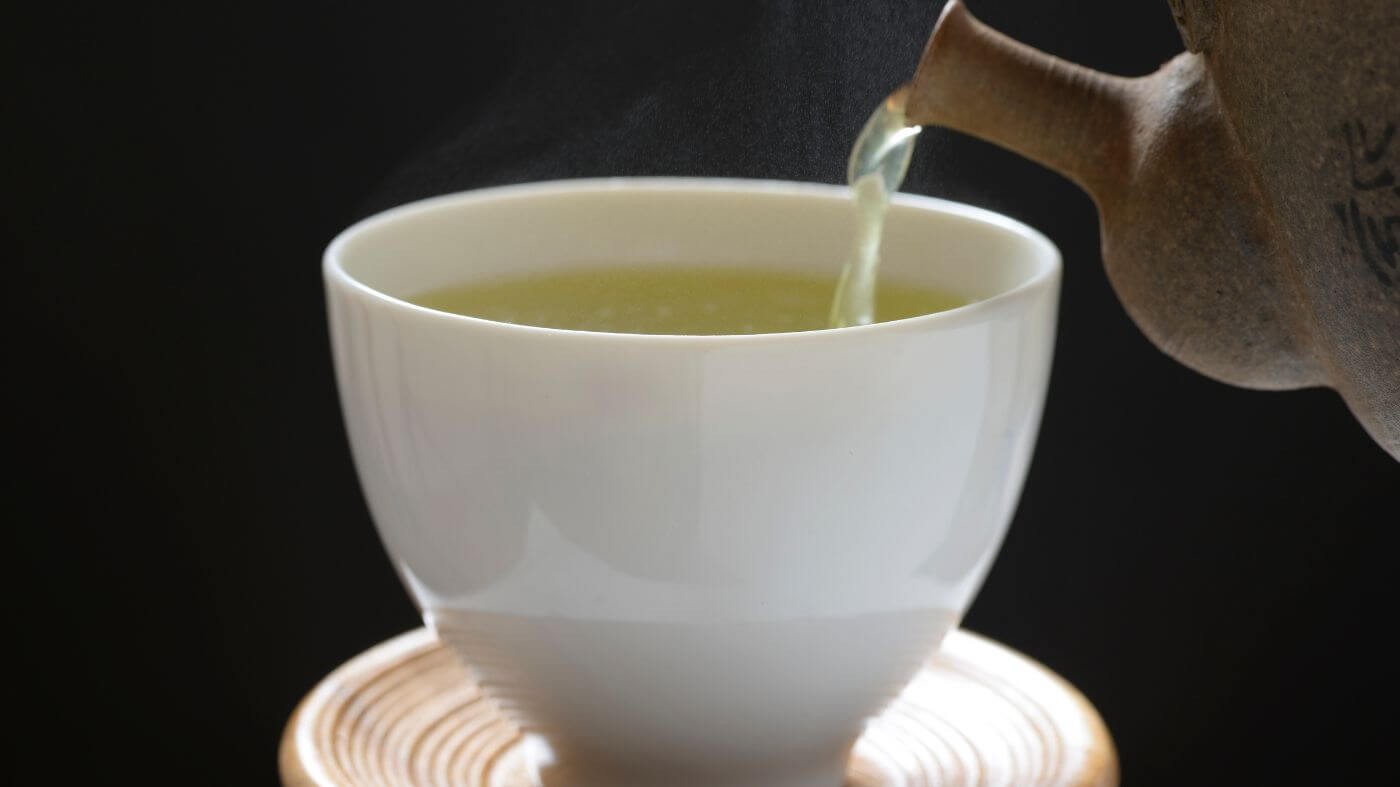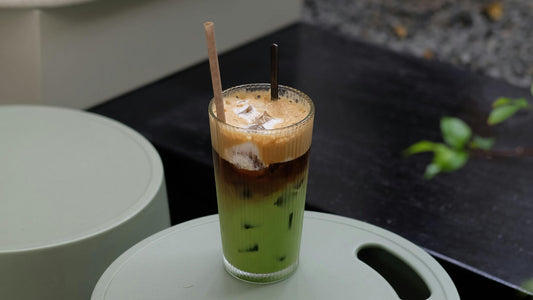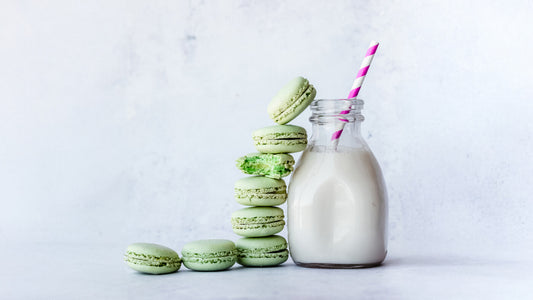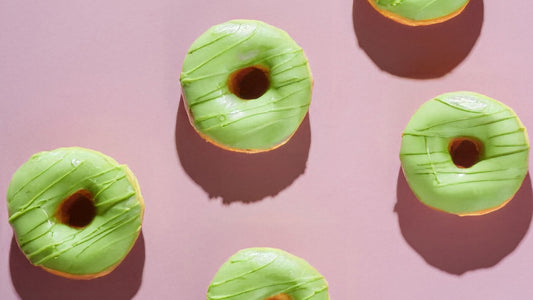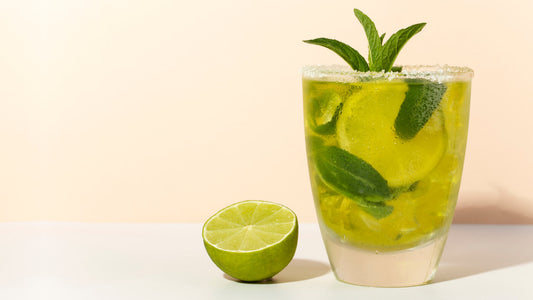What is Bancha tea?
Before we talk about bancha tea brewing, let’s first briefly discuss what bancha tea is.
The name translates to “simple tea” which is a good way to think about it.
Bancha tea is for everyday drinking, unlike some of the more premium gyokuro, sencha and matcha teas, which can get quite expensive.
Bancha is made out of older tea leaves, which grow lower down on the tea plant.
The youngest leaves on the top of the tea plant are the most sought after as they are the highest in nutrients and the smoothest and sweetest in flavor.
If you want to learn about the differences between bancha and sencha, you can read all about it in our guide to 👉 Bancha vs Sencha
What are the Younger Tea Leaves Used for?
The younger tea leaves are reserved for premium Japanese green teas like sencha, gyokuro and matcha, while the older leaves can be used in less expensive teas and tea blends like bancha, genmaicha and hojicha. The older leaves are higher in minerals, lower in caffeine and they have a more subtle, almost earthy flavor with notes of cereal and wood.
If you want to learn about the benefits of drinking bancha tea, you can read this article on 👉 Bancha Tea Benefits
Bancha Tea Brewing with hotter water
You may have noticed that the temperature we use for bancha tea is quite a bit higher compared to other types of Japanese green tea. This is because the older tea leaves used in bancha can stand up to higher temperatures, without becoming bitter. This is another positive of bancha tea preparation, as many people find it difficult to measure out 60 degree celsius water.
If you want to learn how to brew other types of Japanese green tea, you should check out this article on 👉 How to Brew Sencha Tea
Final Thoughts on How to Brew Bancha Green Tea
Bancha tea can be one of the most forgiving types of Japanese green tea when it comes to temperature and brewing time. An additional benefit to bancha tea brewing is that you can infuse the leaves many times before it loses its flavor. This allows you to get the most out of your bancha tea, and reduces the price to just a few pennies per cup.
I hope this guide has taught you a lot about bancha tea how to prepare bancha tea and why it is one of the best teas for beginners! If you are interested in trying some bancha tea for yourself, you can try our Bancha Masudaen
This tea is produced by Mr. Masuda, a talented farmer in Shizuoka that is committed to growing green tea without the use of pesticides or chemicals. This tea is inexpensive and it has a very pleasant flavor that makes the perfect pairing for an afternoon snack. Try it out and let us know what you think!

